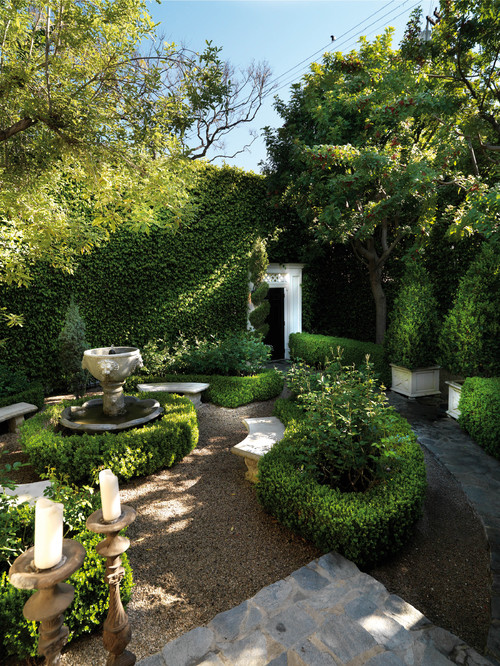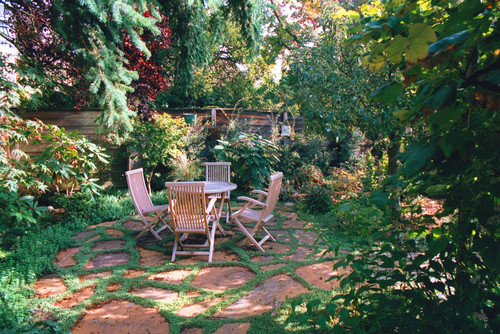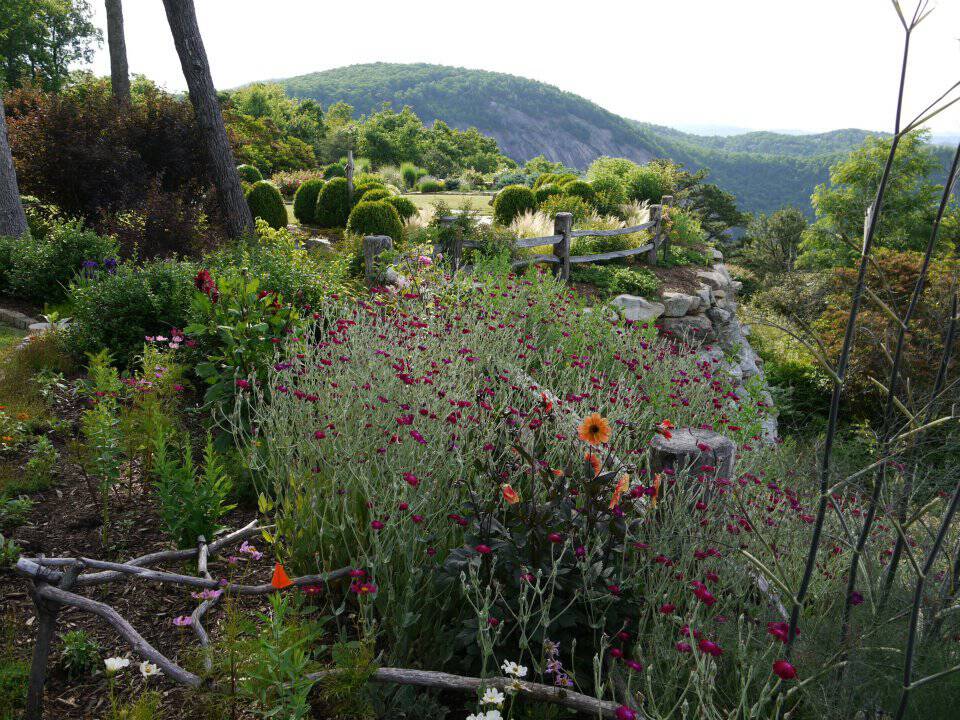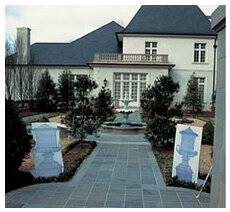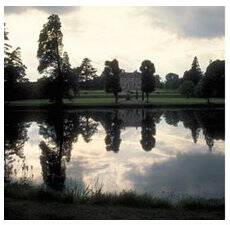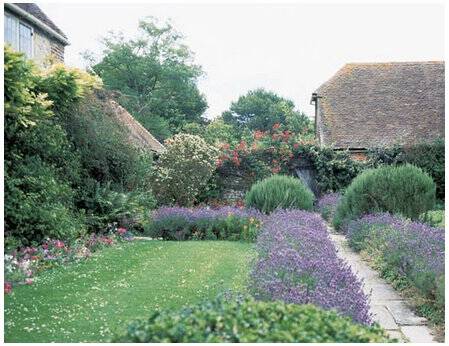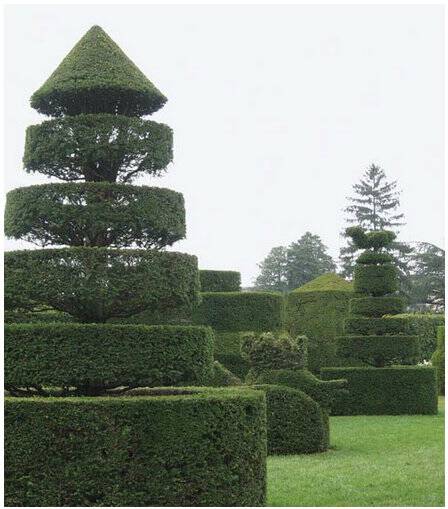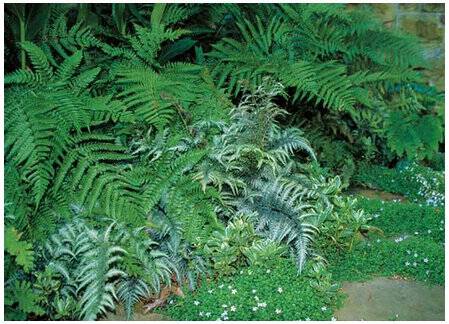Did you know that every plant in your garden is 90 to 98 percent water? As Janet Macunovich of Fine Gardening explains, “All the nutrients plants need to grow, color, flower, multiply, and defend their tissues against pests are produced by the solar-powered chemical reactions that take place in the watery soup within the cells.”
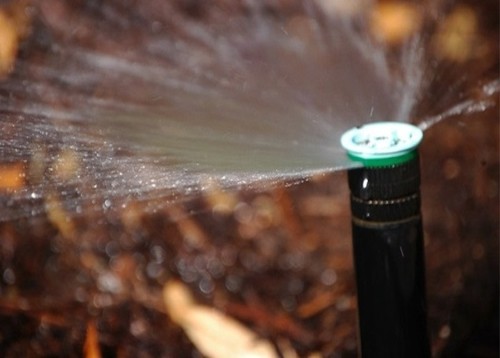
But providing plants with just the right amount of water is actually tricker than simply making sure they get an inch of water a week. As Dennis Patton of Kansas State University reminds us, “Learning when and how much to water is one of the most difficult gardening practices.”
The first step to effective and efficient watering is to conduct a capacity test to learn exactly how much water your soil holds. A simple water-holding capacity test will reveal the best times to water without having to wait until plants wilt.
To conduct the test, use a watering hose to soak a spot (around 12 inches in diameter) for about two minutes. Next, stick a trowel into this spot so it is about 3 or 4 inches underground and pull towards you to create a small hole where you can feel the soil with your hand. Do this every day until the soil is no longer cool and damp to determine how many days you can go without water in a rainless period. With this new information, you can now establish a watering schedule.
Once you have your watering regime in place, it’s time to make sure you are applying water as efficiently as you can to achieve a water-smart landscape. As Kathy LaLiberte of Gardeners.com reminds us, watering will not help the plants unless it reaches the root ball. Whether you are using sprinklers, drip hoses, a water-sensed labeled irrigation system or something else, make sure no water is being wasted on driveways or walkways and that it’s being applied slowly so it is able to soak deeply and thoroughly into soil.
Sign up to receive Mary Palmer Dargan’s free worksheets and videos for more valuable tips and ideas on a variety of landscaping topics. Or, contact Dargan Landscape Architects to discuss a master plan or tune-up for your property. Our goal is to help you create an oasis you’ll enjoy for years to come through sustainable landscape design that will Heal the Earth, One Garden at a Time!
